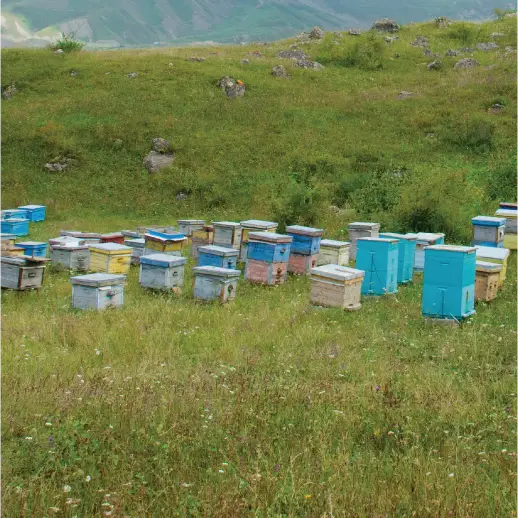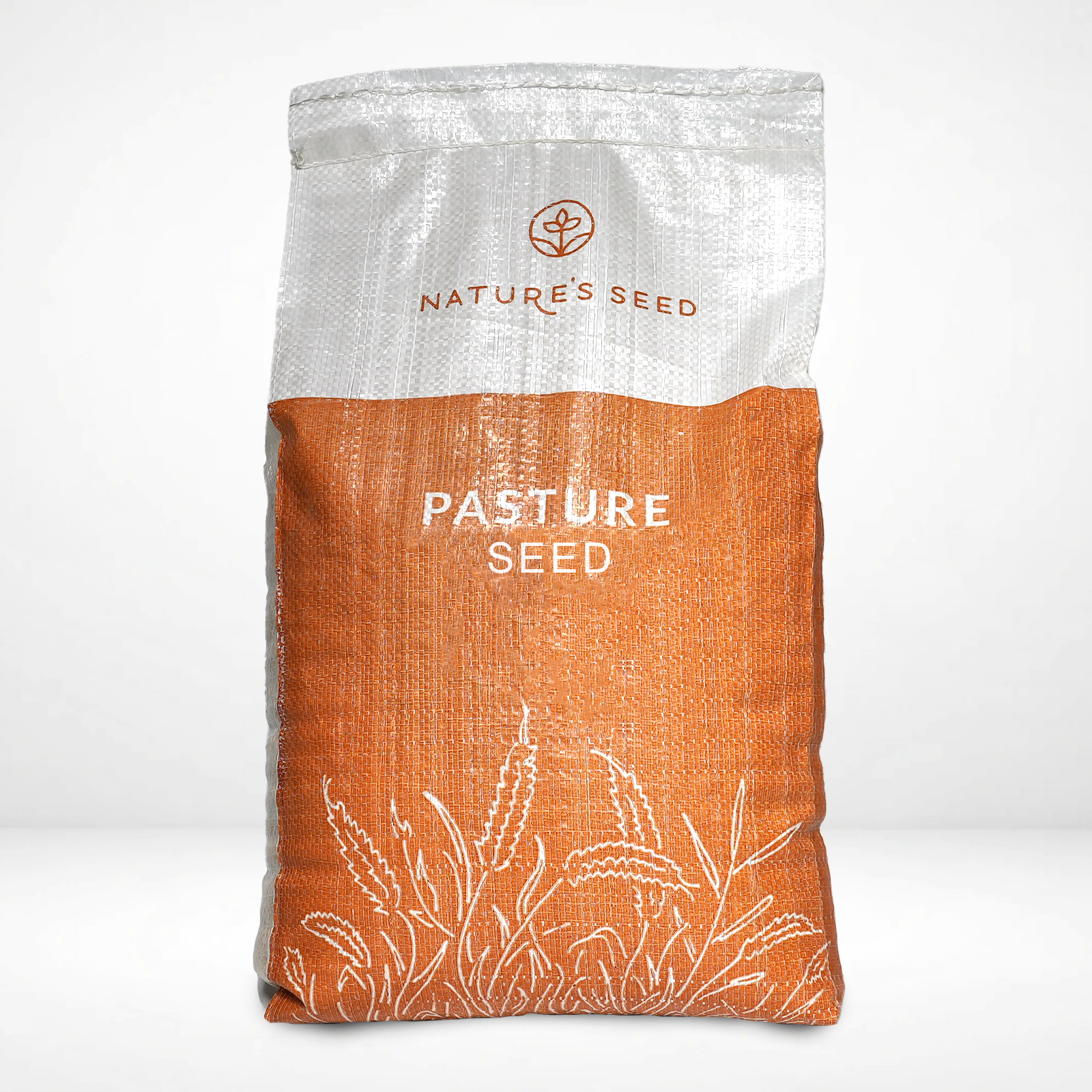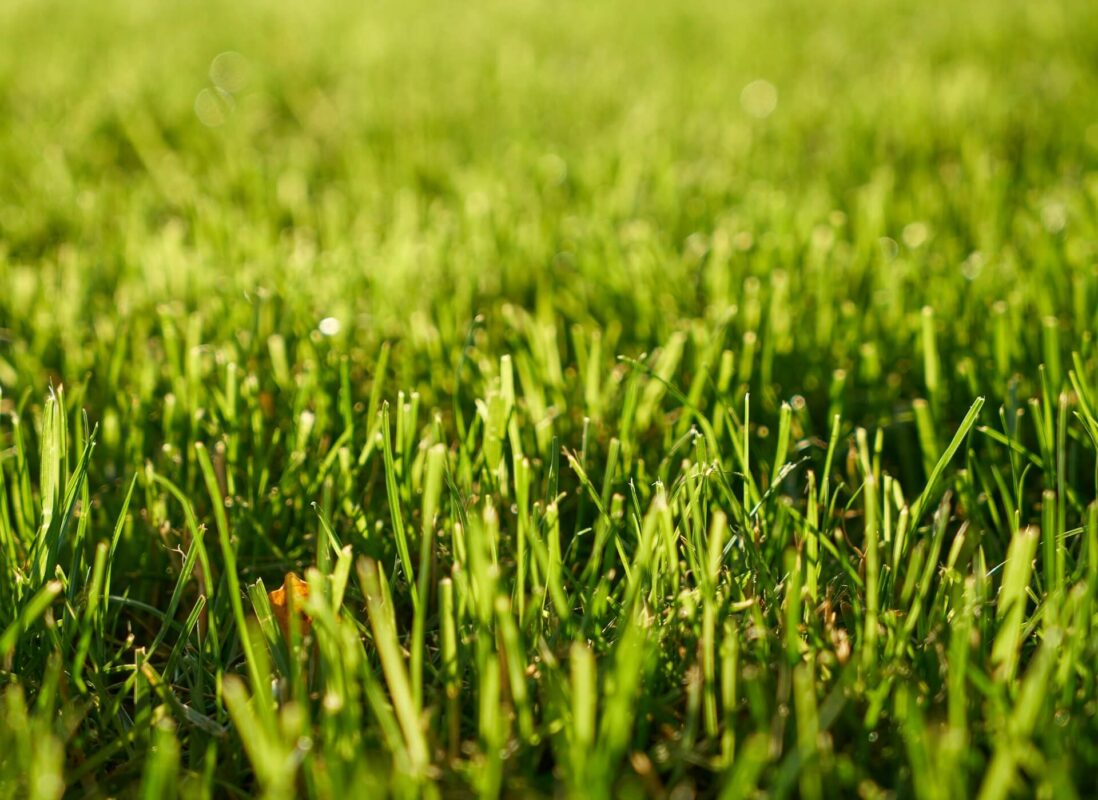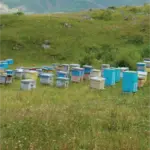
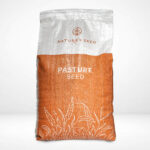
What is the Honey Bee Pasture Mix?
A drought-tolerant, pollinator-friendly pasture blend combining clovers, sainfoin, and wildflowers to support honey bees and grazing livestock. Thrives in low-input conditions across U.S. pasture regions (Great Plains, Midwest, Intermountain West, etc.), hardy in USDA Zones 4–9, and provides season-long nectar, erosion control, and nutritious forage for cattle, sheep, and goats.
Specifications
Sun Requirement
Full Sun to Partial Shade
Soil Preference
Prefers well-drained soils; adaptable from sandy loam to clay loam
Soil pH
5.5–8.0
Time to Maturity
7-21 days
Height when mature
~6 to 36 inches tall
Seeding Rate
20 Lb/Acre
Planting Depth
1/8 to 1/4 inch
Honey Bee Cover Crop & Pasture Mix
SKU: PB-HONEY
- Honey Bee
Does This Product Grow Well in Your Region?
Check your region
$59.99 – $499.99Price range: $59.99 through $499.99
Why Choose This Seed?
What seeds are in the mix?

Drought Tolerant & Low Input
This blend is highly resilient in dry, low-input conditions. Deep-rooted species like sainfoin and yellow sweetclover access subsoil moisture and nutrients, making the mix drought-hardy and self-sustaining. These legumes also fix nitrogen and improve soil health over time. Sainfoin, in particular, stays green during summer heat and produces abundant nectar for pollinators, making it both practical and pollinator-friendly in semi-arid regions, with little to no irrigation required.
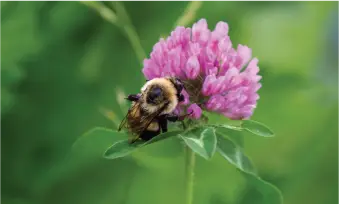
Pollinator & Wildlife Value
The Honey Bee Pasture Mix supports a large variety of pollinators with a continuous supply of nectar and pollen. Flowers bloom in succession from early spring to late fall, ensuring steady food for honey bees, native bees, butterflies, and other beneficial insects. It includes plants like sainfoin, white and crimson clovers, which are trusted forage for honeybees. Deer and elk browse the legumes, and birds feed on seeds from coneflower and coreopsis. It’s a multifunctional pasture that nourishes pollinators, wildlife, and livestock alike.
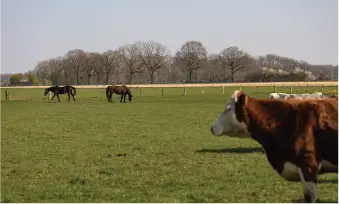
Forage Quality
The Honey Bee Pasture Mix provides safe, high-quality forage for livestock. Its legumes—sainfoin, clovers, and sweetclover—offer excellent protein. For example, white clover can reach ~28% crude protein, supporting strong weight gain and milk production. Unlike pure clover stands, bloat risk is reduced thanks to sainfoin, a non-bloating legume. Sainfoin is especially palatable—often preferred over alfalfa—and stays green into summer.
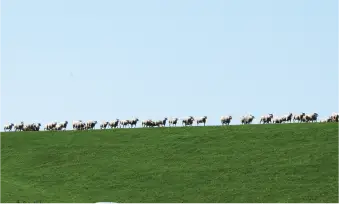
Improves Soil Health
This seed blend doesn’t just feed pollinators and livestock—it also feeds the topsoil. Deep-rooted plants like sweetclover and sainfoin break up compacted soil, improve aeration, and pull nutrients from deep layers to the surface. Clovers and low-growing wildflowers form dense root mats that anchor topsoil and prevent erosion, even on slopes. These legumes also naturally fix up to 100–150 lbs of nitrogen per acre annually, enriching the soil without synthetic inputs. Over time, Honey Bee Pasture Mix builds healthier, more fertile, and erosion-resistant ground.
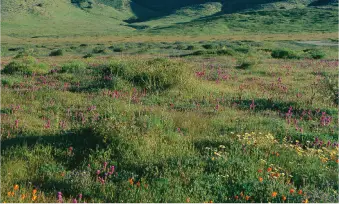
Beauty and Diversity
Unlike uniform pastures, the Honey Bee Pasture Mix creates a vibrant, ever-changing wildflower display. You’ll see golden coreopsis and black-eyed Susans, orange poppies, soft blue flax and baby blue eyes, rich purple coneflowers, and pink sainfoin—all blooming in waves throughout the season. Plant heights vary from low-growing clovers to 3-foot-tall wildflowers, adding depth and texture.
This mix turns field edges or underused spaces into pollinator havens and visually striking landscapes, making it perfect for small farms, homesteads, school gardens, etc. It offers not just forage and habitat, but real aesthetic and ecological value.
What seeds are in the mix?
Seed Description
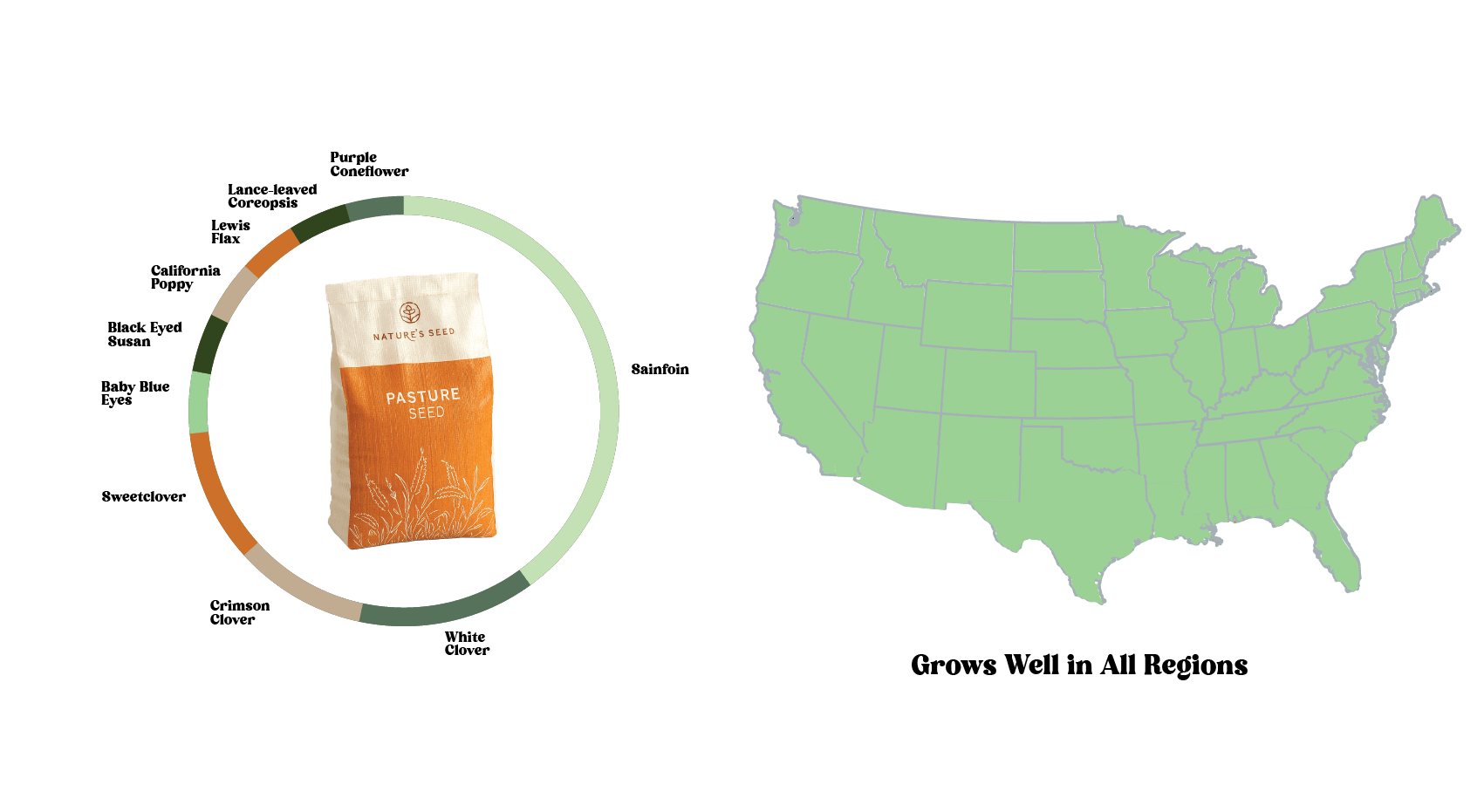
Product Details
Sun/Shade
Full sun
Height
~6 to 36 inches tall
Seeding Rate
~20 lbs/acre
Uses
Grazing pasture, bee forage/pollinator strips, cover cropping/green manure, erosion control on slopes, wildlife food plots, ornamental wildflower meadows.
Color
Pink, purple, yellow, orange, red, blue and white
Water
Low to moderate.
Native/Introduced
Contains both native North American wildflowers and introduced forage legumes
Life Form
Product Uses
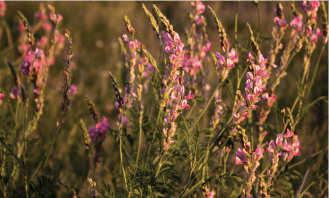
High-Protein, Multi-Species Mix
Honey Bee Pasture Mix offers high-quality forage for cattle, sheep, goats, and even poultry. Rich in protein-boosting legumes like sainfoin and clovers, it improves digestibility and animal intake. Unlike alfalfa or pure clover stands, sainfoin doesn’t cause bloat, making grazing safer. Ideal for rotational systems, it supports extended grazing while allowing wildflowers to regrow between cycles. Also attracts wildlife like deer and supports free-range chickens and turkeys, which benefit from the clovers and insect life. A great option for diverse, nutrient-rich pasture.
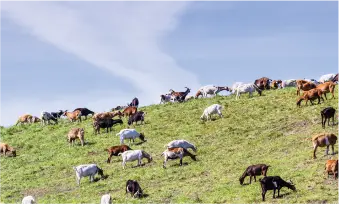
Erosion Control with a Splash of Color
This seed mix is an excellent choice to build and preserve topsoil. Fast-growing annuals like crimson clover provide quick cover, while deep-rooted species like yellow sweetclover, Lewis flax, and white clover anchor soil and improve stability. White clover, in particular, helps retain topsoil and nutrients.
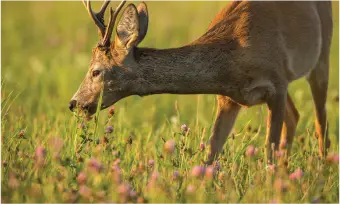
Supports Wildlife
This blend is a great choice for boosting wildlife habitat on small farms or ranches. Planted along field edges or food plots, it attracts deer, elk, and rabbits with protein-rich sainfoin and clovers. Upland birds like quail and turkey benefit from brood cover, insects, and seed sources from wildflowers. Songbirds enjoy coneflower seeds and the insect life the mix supports. With varied plant heights, it also provides shelter and nesting cover. Overall, the Honey Bee Pasture Mix creates a diverse, thriving habitat that supports pollinators and wildlife alike.
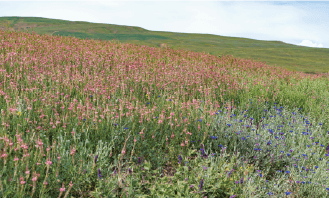
Ornamental Appeal
This mix offers the perfect blend of beauty and function for small farms and rural properties. Use it to create colorful, wildflower-rich areas around event spaces, driveways, or apiaries. Blooms attract bees, butterflies, and visitors alike, making it great for farm tours or markets. Flowers like coneflowers and black-eyed Susans can even be cut for rustic bouquets. With perennials included, the display gets better each year—no need to replant annually. It’s a low-maintenance way to add natural charm and sustainability to your landscape.
Questions & Answers
Which grazing animals can safely graze on the Honey Bee Pasture Mix?
This mix is safe and nutritious for all common pasture livestock. Cattle, sheep, and goats benefit from its high-protein forages, and horses can graze it too, though monitor rich clover intake to avoid harmless “slobbers.” A major plus is sainfoin, which is non-bloating and helps prevent bloat in cattle and sheep. Goats and sheep especially enjoy the mix of forbs and wildflowers, all of which are non-toxic.
Wildlife like deer are also attracted to sainfoin and clovers and may graze alongside livestock. If cutting for hay, be sure sweetclover is well-cured, as moldy sweetclover hay can cause health issues. Grazed fresh, it’s completely safe. In short, Honey Bee Pasture Mix offers diverse, palatable forage for both livestock and wildlife.
Will this mix really attract honey bees and other pollinators?
Absolutely—this mix is a true pollinator buffet. Every species in it attracts bees or butterflies, offering blooms from early spring to late summer. Sainfoin is a standout nectar producer, often planted by beekeepers for high-quality honey. White and crimson clovers are also classic honey plants, supporting strong hive production.
Beyond honey bees, the mix draws bumblebees, native bees, and butterflies with blooms from flax, coneflowers, rudbeckia, and more. Its succession of bloom ensures continuous forage for pollinators. Whether you keep bees or simply want to support wild pollinators, this mix creates a thriving, season-long habitat.
How drought-tolerant is this mix? Will it survive in my dry, semi-arid pasture?
Yes, the Honey Bee Pasture Mix is well-suited for dry conditions once established. It includes drought-tolerant species like yellow sweetclover and sainfoin, both known for deep roots and strong performance in hot, low-rainfall areas. After the first season, the mix handles drought much better than shallow-rooted grasses—clovers may go semi-dormant but bounce back with rain.
Its plant diversity also helps: deep-rooted species access subsoil moisture, while ground-covering clovers reduce evaporation. It’s been successfully grown in the Intermountain West and Great Plains without irrigation. For best results, plant in spring or fall when rainfall supports root development. This mix is built to thrive in semi-arid regions and dry summers.
When and how should I plant this mix for best results?
Best Planting Times
-
Cold to temperate regions (Zones 4–7):
-
Spring (March–May): As soon as the soil is workable and frost is ending.
-
Frost seeding (Feb–early March): Broadcast over snow or frozen ground; thawing pulls seed in naturally.
-
-
Mild climates (Zones 8–9):
-
Fall (Oct–Nov): Seeds lie dormant, sprout in late winter, and bloom earlier in spring.
-
Avoid
-
Mid-summer planting (heat and weeds can overwhelm seedlings).
With the right prep and timing, you’ll get a strong establishment and a beautiful, productive pollinator pasture.
What regions (or USDA zones) is this pasture mix best suited for?
This mix is broadly adapted across USDA Zones 3-10, and even into Zone 9 in drier or higher-elevation areas. It thrives in the Great Plains, Midwest, Northeast, Pacific Northwest, and Intermountain West (like Utah, Colorado, Idaho). It’s winter-hardy to -30°F and handles dry summers well once established.
In humid southern zones (9b/10), some species (like sainfoin) may struggle, so performance varies—clovers usually do well, but some wildflowers may fade over time. It’s not ideal for tropical climates, deserts without irrigation, or high-elevation alpine areas above ~7,000 ft.
In short, if you’re in the Lower 48 and not in an extreme desert or tropical zone, this mix will likely do well.
Will the wildflowers in this mix hold up under grazing by livestock?
To an extent, yes—this mix can support both grazing and wildflower blooms, but management is key.
Livestock (especially cattle and sheep) will target the tastier legumes first (like clover and sainfoin), and often leave tougher or less palatable wildflowers (like coneflower and rudbeckia) alone. However, under continuous grazing, many wildflowers won’t have a chance to bloom—they’ll survive as low-growing rosettes but produce fewer flowers.
To maintain blooms and forage:
-
Use rotational grazing: Move animals between paddocks, allowing rest periods of 30–40 days so flowers can regrow and bloom.
-
Time grazing: Graze early in spring, rest during peak bloom (late spring/summer), then graze again after seed set.
-
Designate wildflower zones: Leave some strips ungrazed or lightly grazed as pollinator refuges.
Many wildflowers in the mix are resilient and can bounce back if managed well. With a balanced approach, you can enjoy both a productive pasture and vibrant blooms.
Still have
questions?
Our planting experts
are here to help.
customercare@naturesseed.com
Response time:
Within 1 business day
Reviews
A drought-tolerant, pollinator-friendly pasture blend combining clovers, sainfoin, and wildflowers to support honey bees and grazing livestock. Thrives in low-input conditions across U.S. pasture regions (Great Plains, Midwest, Intermountain West, etc.), hardy in USDA Zones 4–9, and provides season-long nectar, erosion control, and nutritious forage for cattle, sheep, and goats.
| Weight | 5 lbs |
|---|---|
| Coverage Area | , , |
Related Products
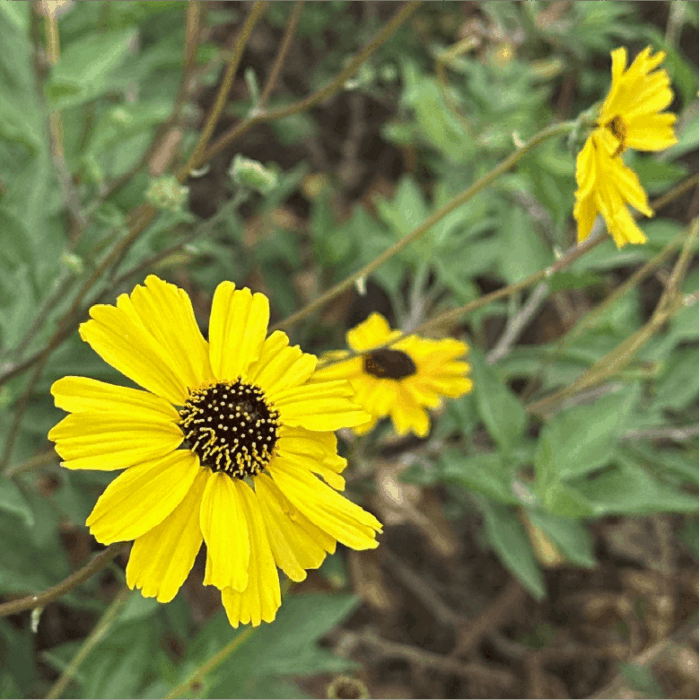
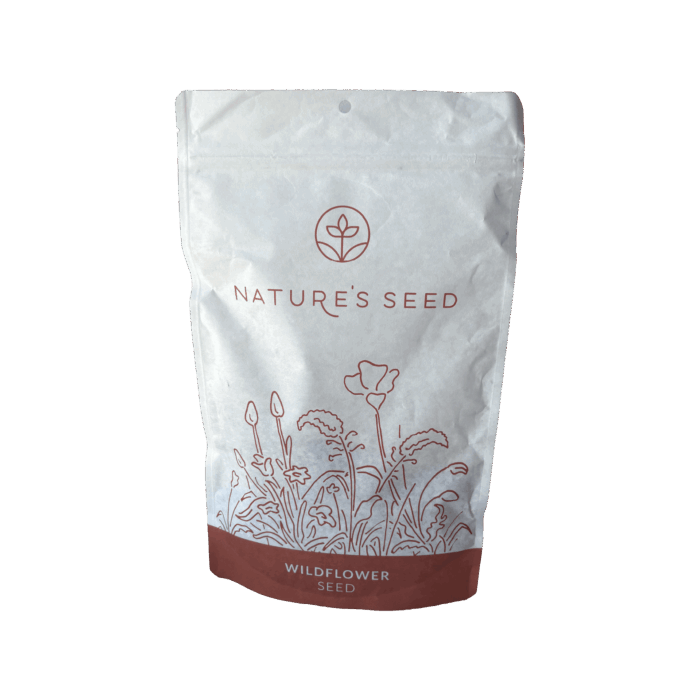
California Bush Sunflower
(4.7) - 145 reviews
$71.96/lb
Coastal restoration, dry shrub borders, slopes, pollinator habitats, low-water landscaping
Southern USDA Regions (8-10), Transitional USDA Regions (6-8)
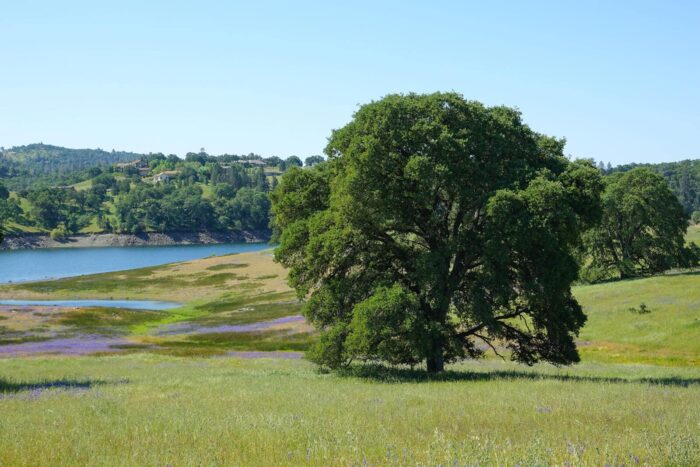
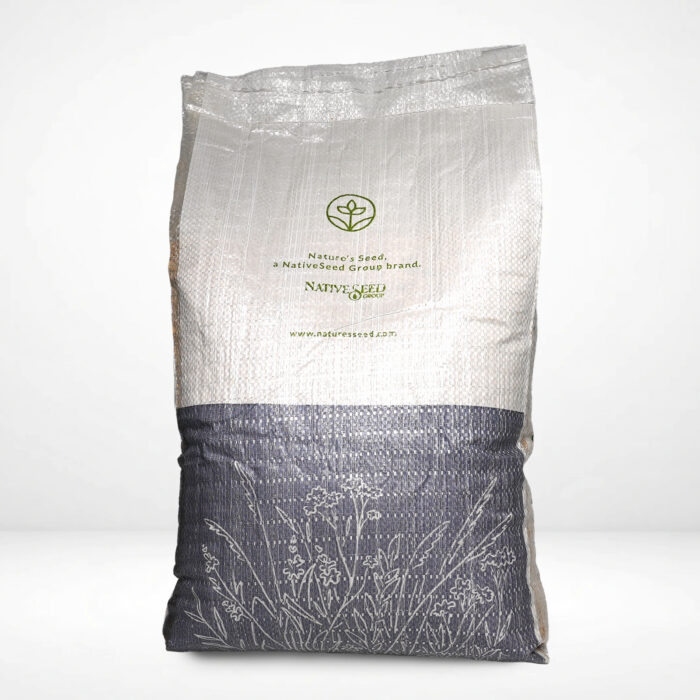
California Habitat Mix
(4.7) - 145 reviews
$55.00/lb
Habitat restoration, Erosion control, Sustainable landscaping, Wildlife Corridors, Native Meadows
Southern USDA Regions (8-10), Transitional USDA Regions (6-8)

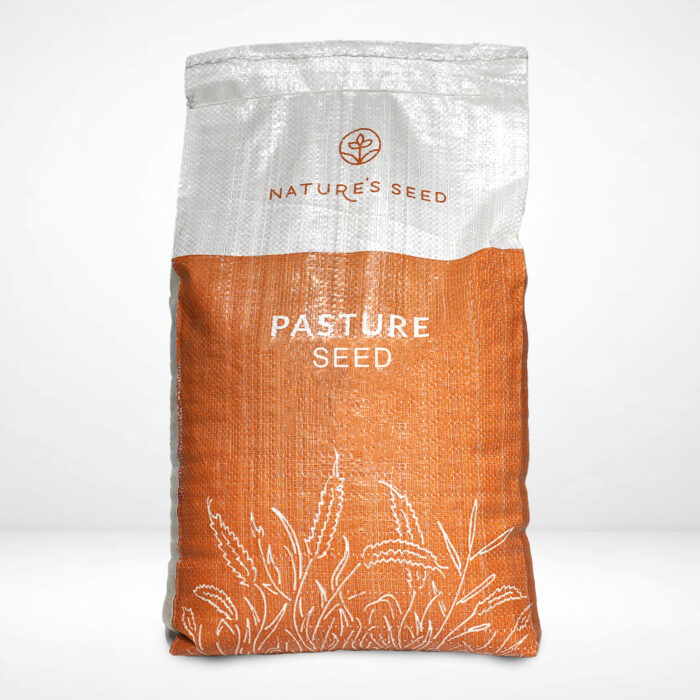
Cattle & Dairy Cow Pasture Mix | Cold & Warm Season
(4.7) - 145 reviews
$3.20/lb
Cattle
Northern USDA Regions (3-5), Transitional USDA Regions (6-8)

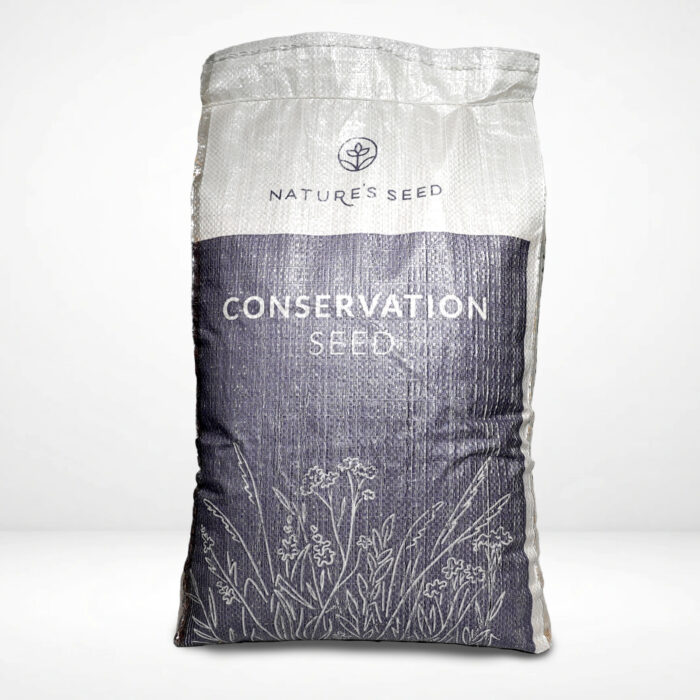
Native Dryland & Erosion Control Mix
(4.7) - 145 reviews
$8.60/lb
Erosion control, dryland reclamation, native pasture, wildlife habitat, slope stabilization
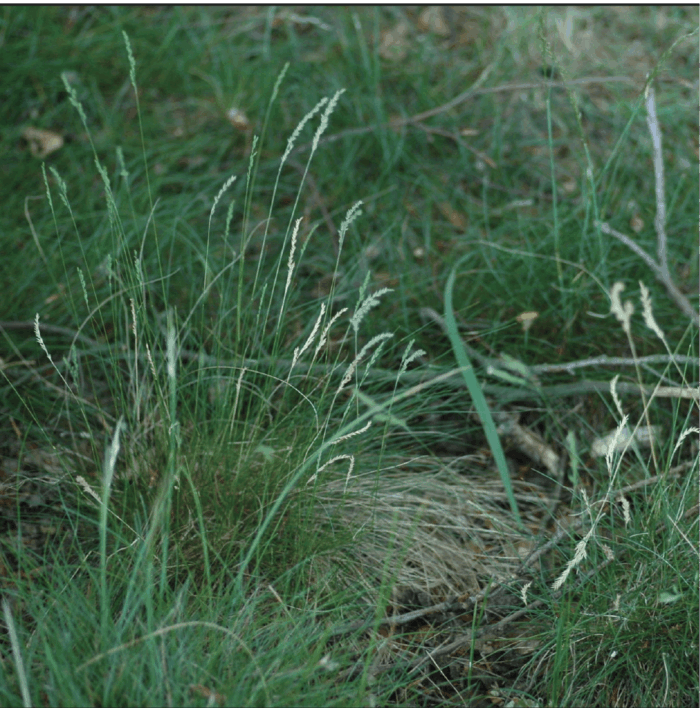

Sheep Fescue Grass
(4.7) - 145 reviews
$8.99/lb
Lawn Alternative, Ornamental Grass, Erosion Control
Northern USDA Regions (3-5), Southern USDA Regions (8-10), Transitional USDA Regions (6-8)


Thingrass
(4.7) - 145 reviews
$90.99/lb
Lawn Alternative, Ornamental, Erosion Control, Wilflower Habitat
Southern USDA Regions (8-10), Transitional USDA Regions (6-8)
